
Research Testbeds
NIST has multiple testbeds to conduct rigorous, transparent and replicable testing of theories, tools and technologies. Below is a list of some of those facilities.
Additive Manufacturing Metrology Testbed (AMMT)
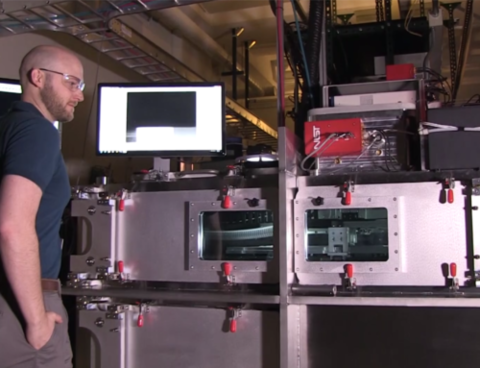
The Additive Manufacturing Metrology Testbed is a fully custom, open-platform laser powder bed fusion (LPBF) system developed by NIST to advance research in monitoring, control, and metrology for metal additive manufacturing (AM). The AMMT is the first AM system capable of continuous variation of laser power and speed, enabled by NIST-developed pointwise AM control technology. This innovative approach overcomes the limited flexibility of current industrial AM machines and provides tremendous advantages for better products, lower costs, and faster production.
Facility for Adsorbent Characterization and Testing (FACT)
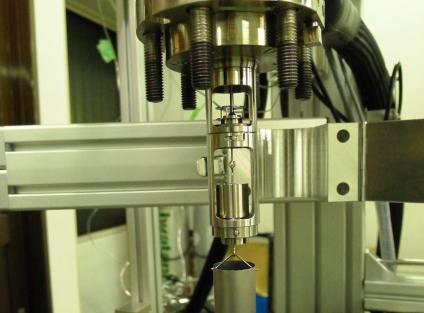
FACT is a state-of-the-art laboratory recently commissioned with support from the U.S. Department of Energy's Advanced Research Projects Agency-Energy (ARPA-E) to address the challenges inherent to measuring gas and vapor sorption properties.
FACT supports programs developing adsorbents and serves the sorbent materials research community by providing impartial testing and characterization of material sorption properties, establishing testing procedures, and disseminating reliable sorbent material property data and measurement best practices.
Manufacturing Robotics Testbed
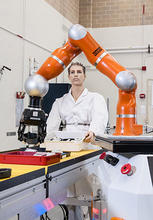
The NIST manufacturing robotics testbed consists of several labs located in three buildings on NIST's Gaithersburg campus. Combined, these serve as a resource for research in robotics for advanced manufacturing and material handling.
The testbed contains representative state-of-the-art manufacturing robots, including ones that have been designed specifically for safe interactions with human workers in shared environments. The testbed also includes advanced multi-fingered grippers, sensors, conveyors, and an industrial robot arm that can be mounted on a linear rail or on a pedestal.
National Broadband Interoperability Testbed (NBIT)
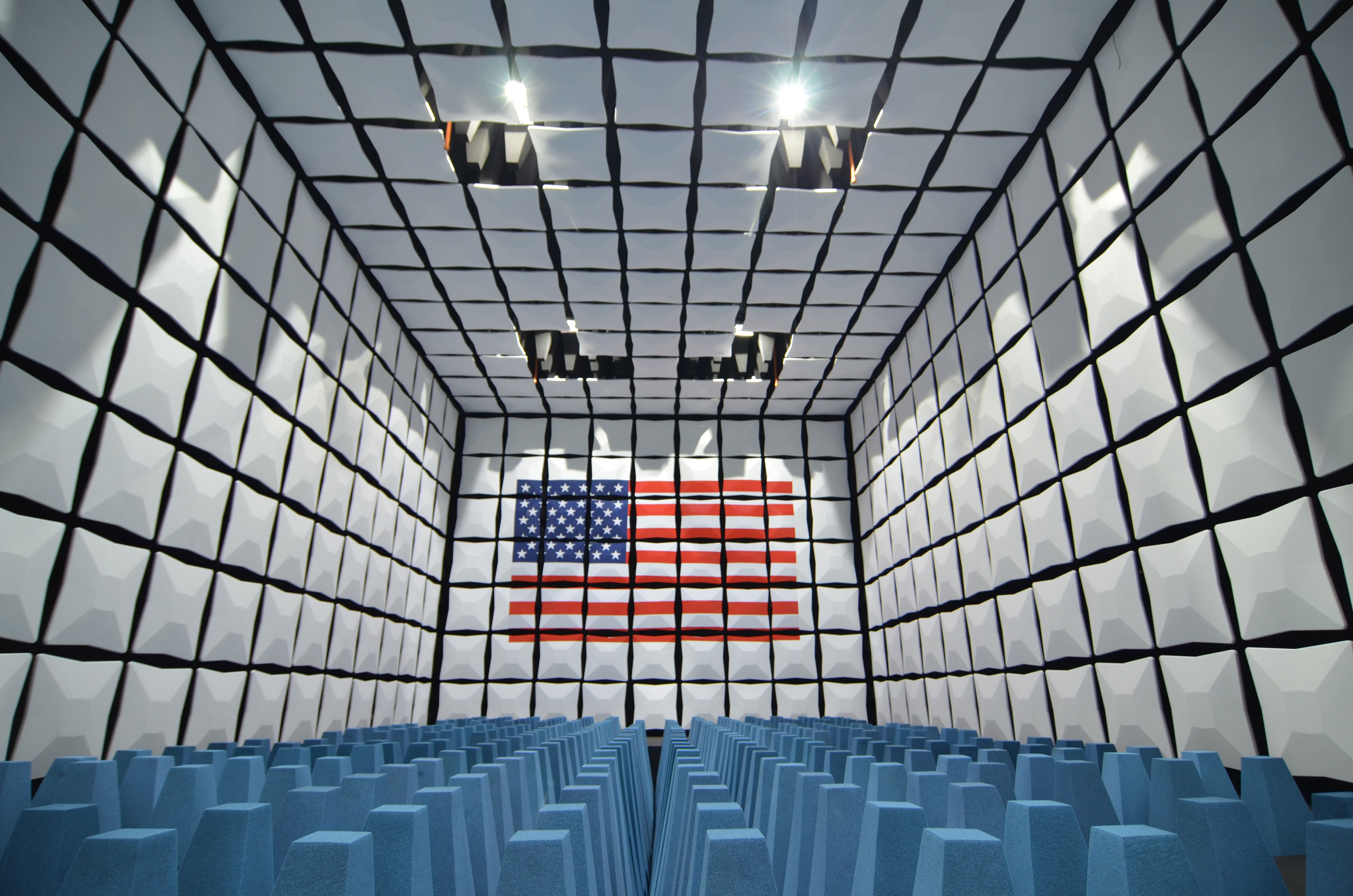
NBIT supports studies in wireless coexistence metrology and standards, providing a flexible work environment for NIST's Trusted Spectrum Testing Program. NBIT lets researchers understand how radar, LTE, Wi-Fi and other systems interact in an integrated environment combining large anechoic and reverberation chambers.
By enabling the testing of multiple independent networks in a controlled environment, NBIT sheds light on these independent, uncoordinated systems’ ability to coexist without interference – an understanding critical to developing hardware and software capable of delivering on the promise of spectrum sharing. Unique to NBIT is the integration of a live LTE network, which enables real-world testing of this complex and increasingly ubiquitous wireless data protocol.
National Fire Research Laboratory (NFRL)

The NFRL is a facility that enables large scale fire research in the areas of advanced firefighting technologies, engineered fire safety, materials flammability reduction and wildland urban interface fire.
With the completion of significant facility expansion and upgrades, NFRL is now the only facility in the world that allows scientists and engineers to conduct research on the response of real scale structural systems to realistic fire and mechanical loading under controlled laboratory conditions.
National Software Reference Library (NSRL)
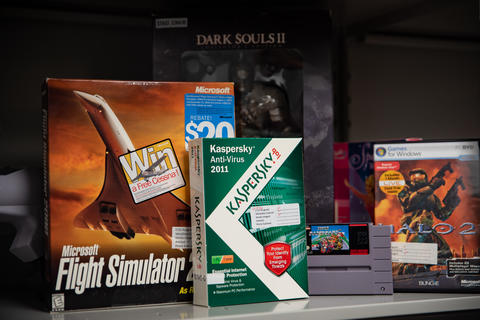
The NSRL has a research computing environment containing more than 40,000,000 unique original files derived from more than 20,000 software packages and 15,000 mobile apps. The database contains metadata including filename, byte size, file path, etc. The testbed is not publicly accessible.
In order to use the testbed, software must be submitted to the NSRL. The NSRL team can run your job against the file collection, returning the results and your code to you upon completion.
NIST Center for Automotive Lightweighting (NCAL)
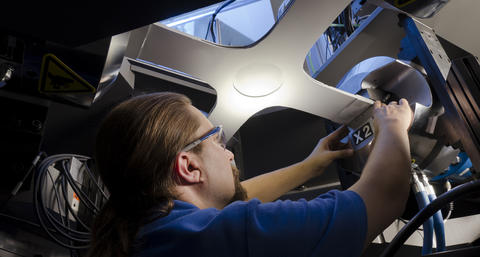
NCAL works to develop the measurement methodology, standards and analysis necessary for the U.S. auto industry and base metal suppliers to transition to advanced lightweight materials for auto body components without wasteful trial-and-error development cycles, and successfully transfer this technology to customers in industry.
nSoft

The nSoft Consortium operates in a new model of access for industrial research programs to federally funded research facilities such as the NIST Center for Neutron Research. This model is being applied to collaboratively develop neutron-based measurement solutions for manufacturers of soft materials.
Public Safety Immersive Test Center (PSITC)
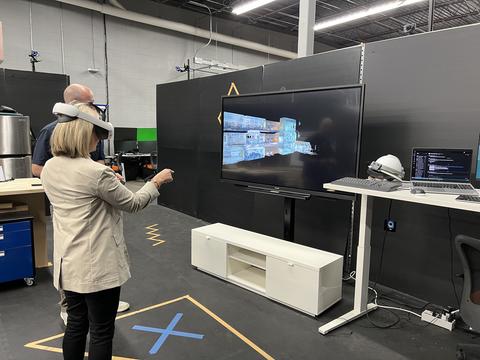
The PSITC provides opportunities to conduct immersive public safety standards and measurement testing.
The facility is designed to help answer key research questions around the future of user interfaces and location-based services for public safety training and operations.
Robotics Test Facility
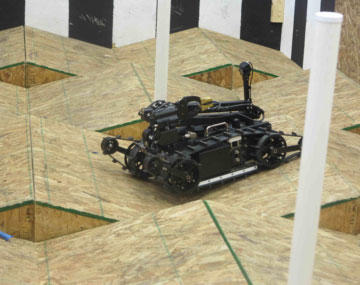
Located on the NIST Gaithersburg campus, the Robotics Test Facility is a laboratory for developing standard methods of measuring robot performance.
The facility houses artifacts and equipment for measuring how well robots perform under a variety of tasks that abstract real-world challenges. The application domains supported by this facility include urban search and rescue, bomb disposal, military ground operations, and manufacturing.
Robotically Enhanced Antenna Laboratory for Metrology (REALM)
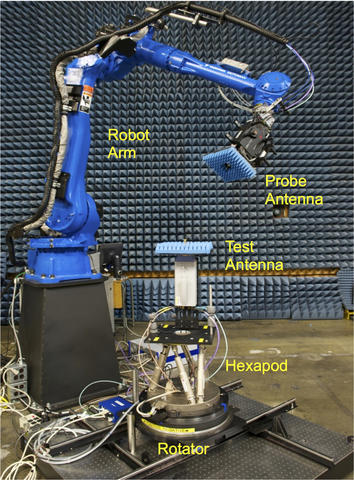
REALM, anchored by two six-axis industrial robot arms based on our lab’s pioneering Configurable Robotic MilliMeter-wave Antenna (CROMMA) system, fosters the development of next-generation 5G wireless and spectrum-sharing systems through dynamic measurements, flexible scan geometries, and high speeds.
Between the newer, dual-robot range and CROMMA, the Antenna Metrology Project tests and characterizes multiple steered-beam and other antennas from ultra-high frequency (UHF, from 300 megahertz through 3 gigahertz) through the 500 gigahertz range.
Smart Manufacturing Systems Testbed
The goal of the Smart Manufacturing Systems (SMS) Testbed is to extend existing production-focused concepts by designing and architecting a testbed that enables smart manufacturing research and development across the product lifecycle. This process should highlight the challenges and requirements for introducing cyber-physical infrastructure in manufacturing, as well as create opportunities to provide a tangible source of data that other researchers may use to develop and validate smart manufacturing technologies.
